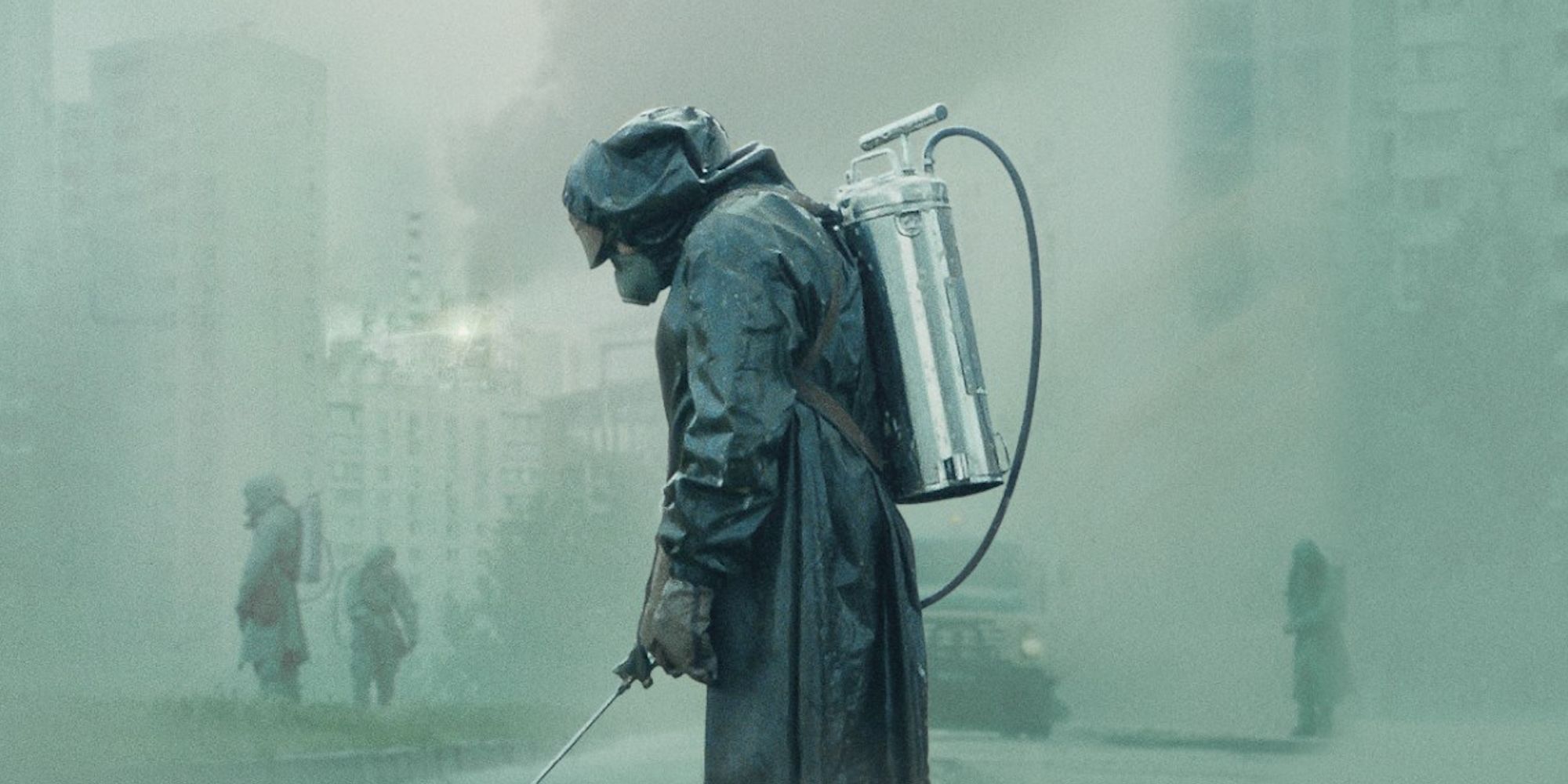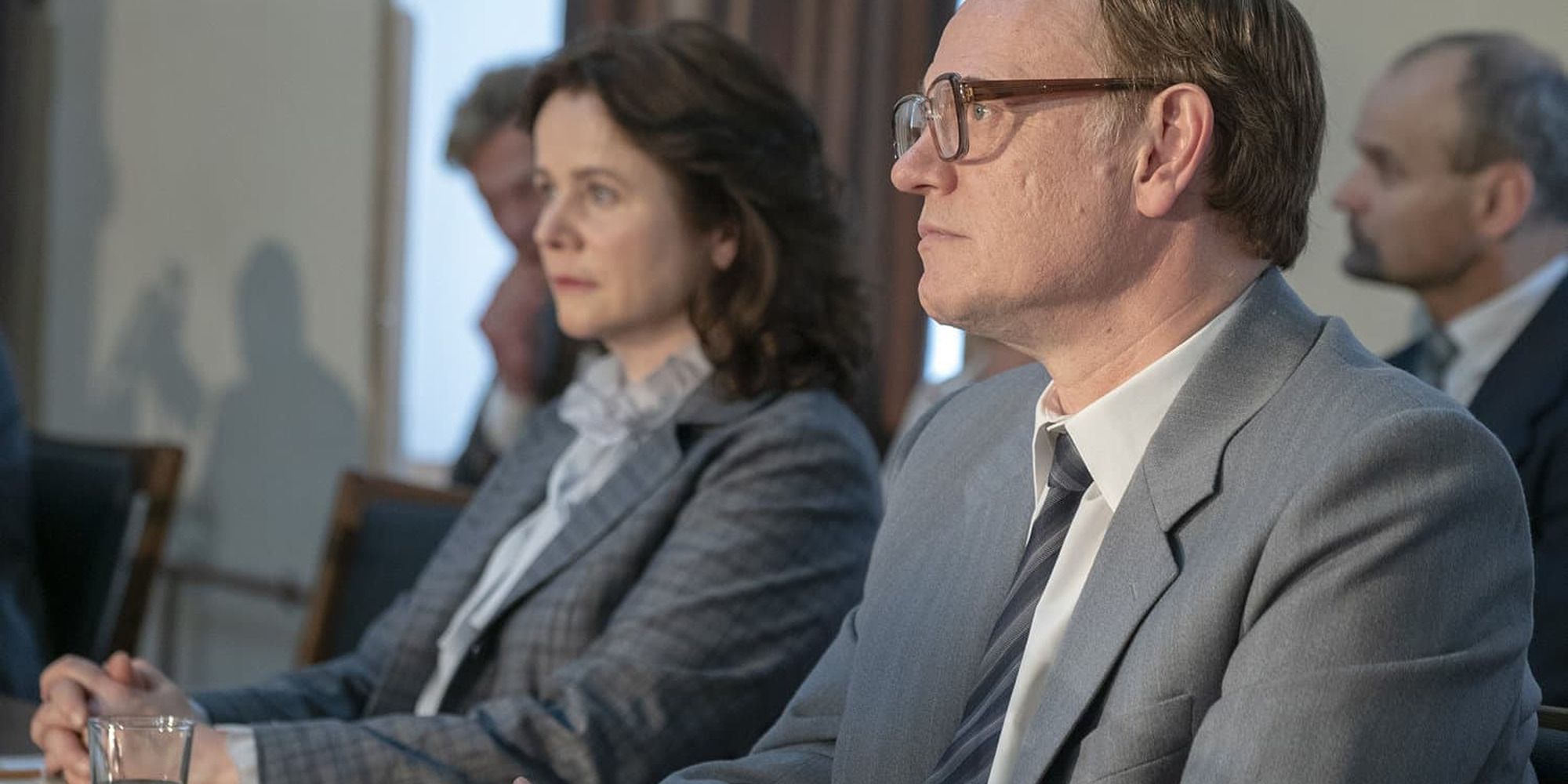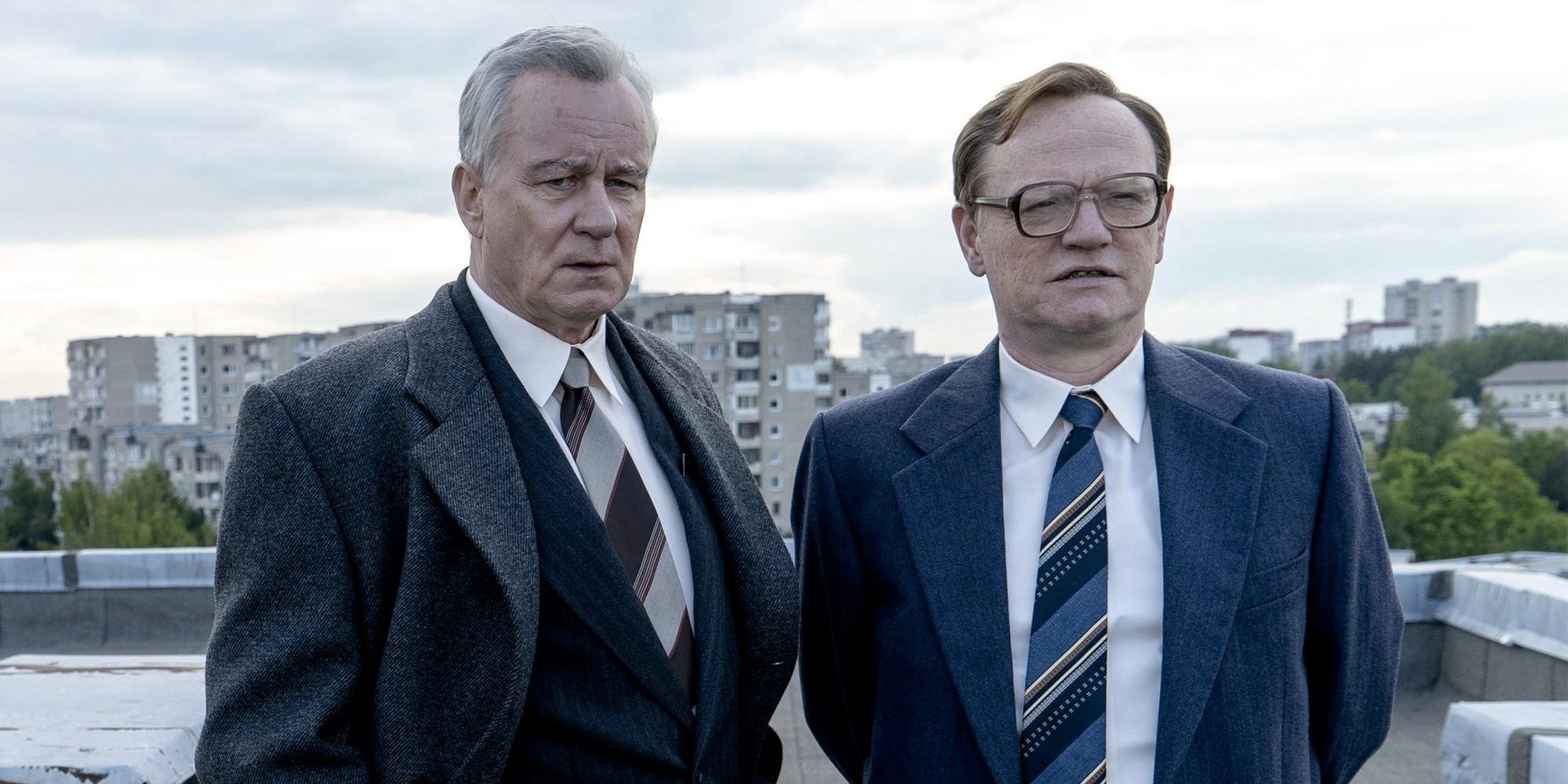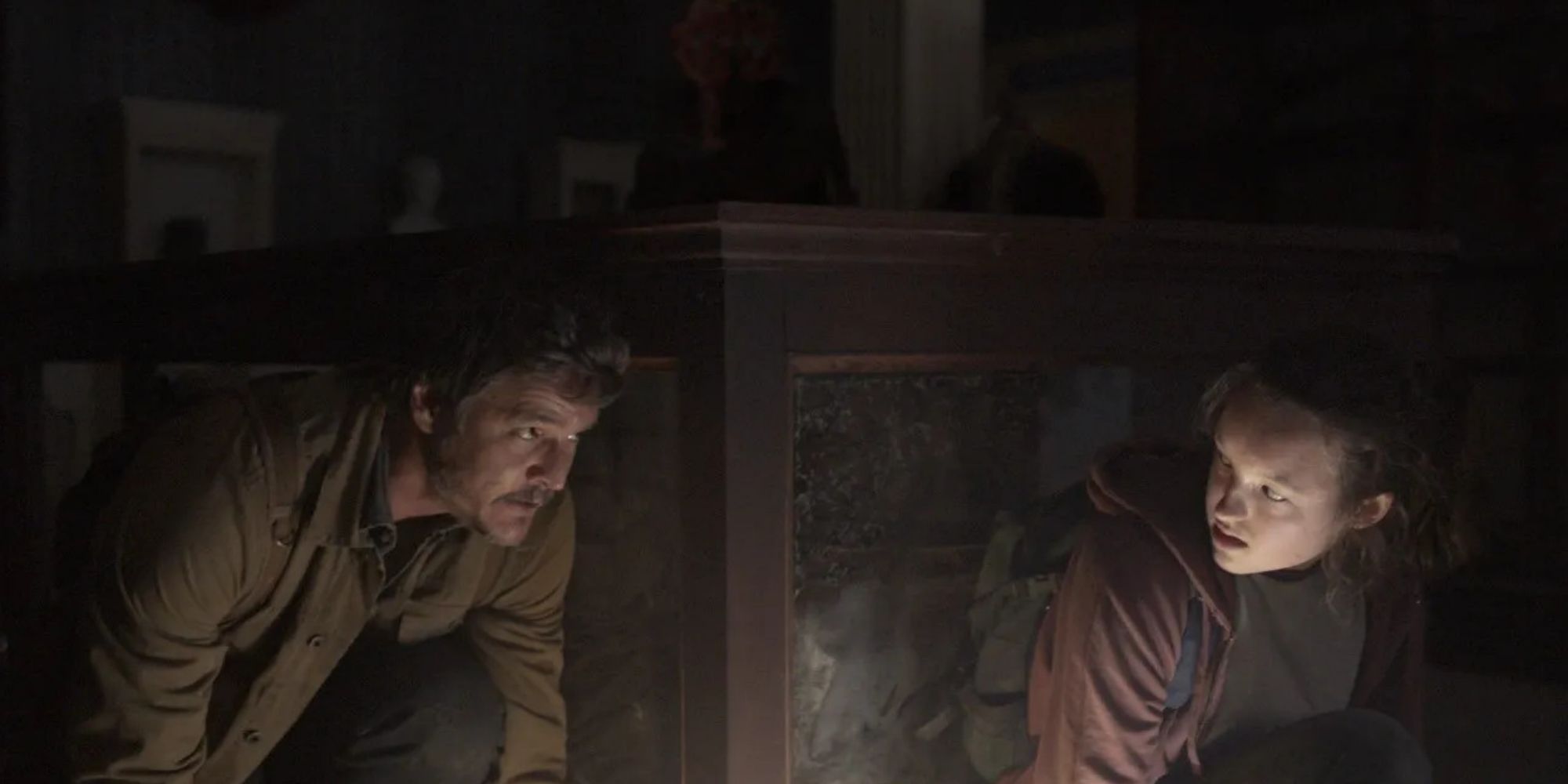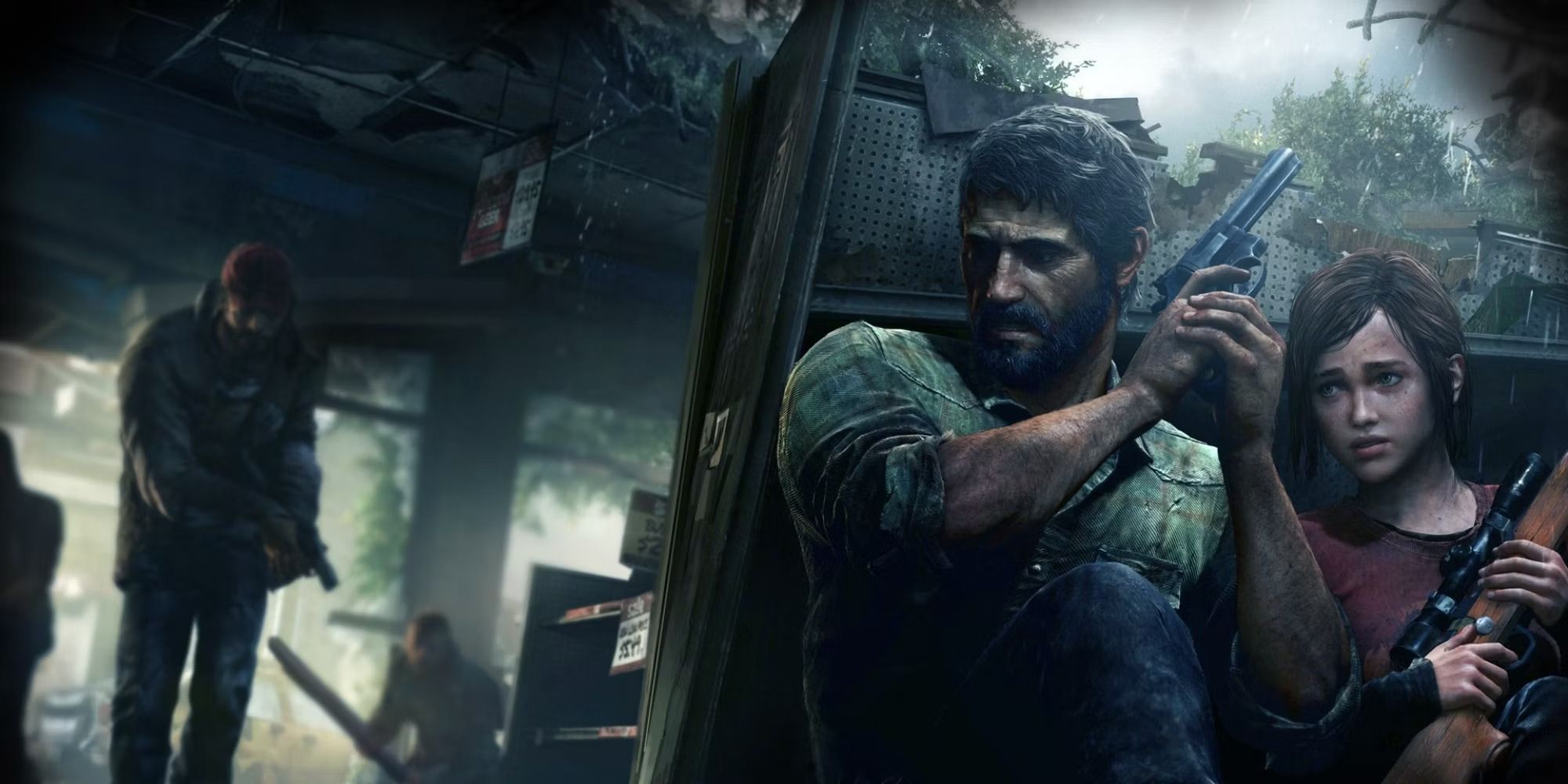As HBO readies for the release of The Last of Us television series, one can’t help but think about the sorry state of video game adaptations throughout the years. Though the tide has slowly begun to change thanks to the likes of Arcane and Castlevania, the idea behind a critically acclaimed live-action adaptation that doesn’t incorporate some type of animated element (Sonic The Hedgehog), is still largely unproven. With the series right around the corner, many people will no doubt be eyeing the past works of those involved. With that in mind, one looks to what might be considered one of the most important aspects of a TV show: the showrunner.
Craig Mazin is no stranger to HBO, as his previous series, Chernobyl quickly became one of the most acclaimed miniseries of the past 10 years. His handling of the difficult subject matter and compelling characterization of those involved made for an incredibly compelling tale. Because of that, his involvement in the adaptation of The Last of Us was one that was met with confidence when it was first revealed. When taking a closer look at the two works, there’s a surprisingly large amount of similarities that they end up sharing, and because of that one can easily see why Mazin is arguably the best choice to take the reins of the adaptation.
Both Chernobyl and The Last of Us Game Start By Dropping You Into the Action
In one of many ways, Chernobyl starts off in a much similar way to that of the original Last of Us game. When talked about in gaming circles, it’s often cited as having one of the best openings of any video game ever made, so one has to imagine that Mazin will start the series similarly. Both works kick off with the depiction of the disaster itself. From different perspectives, each one shows the direct cause that it ends up unleashing directly after its initial breakdown. For Chernobyl, Mazin shows the direct cause that led to the event, while The Last of Us drops the player right at the beginning of the initial outbreak from the vantage point of someone completely unaware of the situation.
Though the two do share similarities in the initial setup of their respective tales, in the long run, Chernobyl ends up focusing primarily on the immediate aftermath of the disaster. On the other side, The Last of Us takes a different approach in that it takes place 20 years after the initial outbreak. Knowing that Mazin himself has stated that the show will expand on the original game, this would be an interesting opportunity for him to use that experience on Chernobyl to perhaps explore the initial outbreak and its direct effect. His handling of the portrayal of the immediate aftermath in various sectors of society, both from a government and civilian point of view, was one of the most compelling aspects of Chernobyl, and a similar take in the Last of Us universe could be just as compelling.
Ellie and Joel's Relationship Mirrors Shcherbina and Legasov's in Chernobyl
Another reason Mazin could be seen as an inspired choice to helm this series is that at the core of The Last of Us is the complicated relationship between Ellie (Bella Ramsey) and Joel (Pedro Pascal). In a way, this pairing quietly mirrors the relationship at the center of Chernobyl between Stellan Skarsgård's Boris Shcherbina and Jared Harris's Valery Legasov. Their relationship is one that, much like Joel and Ellie’s, starts out of necessity, yet slowly becomes essential to each other's character as they navigate through the crisis.
Because of that driving force in the narrative that The Last of Us so heavily relies upon, it allows audiences to see the dissolution and breakdown of Joel’s hardened outer exterior over the course of multiple hours. It’s one of the strongest aspects of the game, and arguably the main reason why the relationship between Joel and Ellie, and by extension, Joel’s growing understanding and fondness for Ellie, continues to be something that those who have played the game praise.
In that same way, the complicated relationship between Shcherbina and Legasov, which starts out on the worst possible foot, sees the two begin to quickly rely on each other. They’re essentially thrown into the horrible situation together, as each is on the opposite end of the spectrum when it comes to understanding the situation. It’s when Shcherbina finally begins to rely on Legasov after seeing the destruction that the meltdown caused that their relationship is no longer out of work but as a means of necessity for each of their well-being.
Mazin does a great job handling a complicated relationship which could have painted Shcherbina as a one-dimensional bureaucratic tool but instead allows him to grow as he’s faced with continued hardships as he toes the line with his superiors. As Shcherbina watches these events unfolding around him, we as audience members see how he begins to change. Legasov and Shcherbina see in each other one of the few people who both understand the situation they're in, and due to that they can rely on and talk about the situation candidly. Because of that, their continued bond grows stronger as they find themselves at the center of a massive scandal.
The Last of Us' Cinematic Nature Lends Itself to an Adaptation by Mazin
One of the most talked about aspects of The Last of Us, now even years after its initial release was the game’s cinematic nature. It was truly a turning point in the video game industry, one which we're still seeing the effect of today, as narrative-driven stories continue to stand as one of the pillars of many PlayStation titles. Games heavily relying on cutscenes and motion capture weren’t necessarily something new in the video game industry, but its marriage in The Last of Us was definitely seen as a major milestone.
Because of that, Mazin’s previous relationship with HBO is an important one in the grand scheme of things. Before any streaming services came into existence, and as the lines between TV and movies began to blur, HBO was a company that prided itself on the motto of “It’s not TV. It’s HBO”. It’s this idea of being more than TV that makes Mazin and the team adapting the series a good choice, as the cinematic quality of The Last of Us is something you’d expect to see on the big screen. In turn, this adaptation makes even more sense since it’s been previously reported that it was already eyed for a film adaptation.
When it comes to The Last of Us, it appears to have pretty much everything going for it: an already existing cinematic story, involvement from the original creator, and the inclusion of a strong creative force in its respective medium with Mazin running the show. Though one might not think the parallels of a show like Chernobyl and a video game like The Last of Us would make for a compelling match, with Mazin at the helm, the difficult nut to crack that is live-action video game adaptations appears that it could finally be broken.

